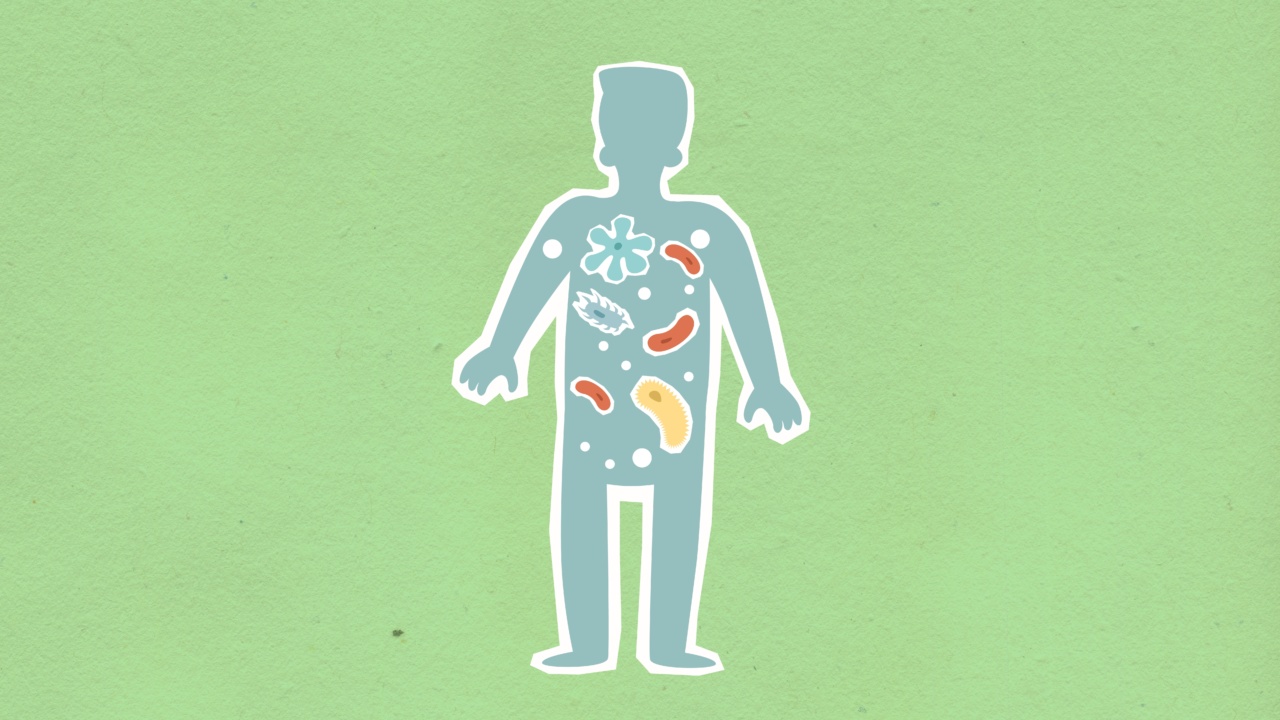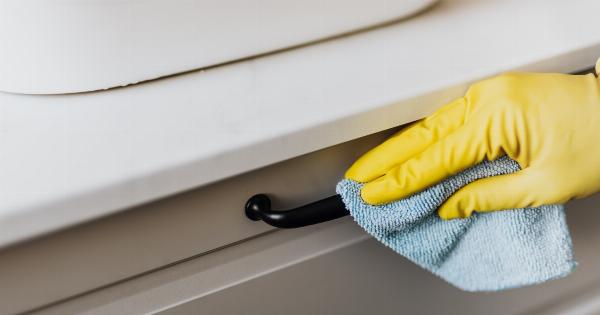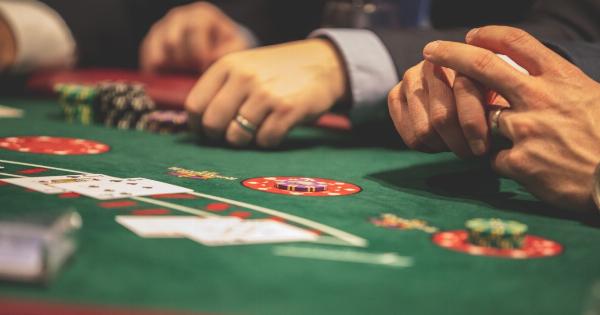When it comes to preventing the spread of germs, there are a few simple practices that everyone should master. One of the most important skills to learn is the proper way to sneeze.
Sneezing is a natural reflex of the body that helps to expel irritants and foreign substances from the nasal passages. However, if not done correctly, sneezing can become a significant source of germ transmission. In this article, we will explore the art of sneezing and how to defend against the spread of germs.
The Importance of Proper Sneezing
Sneezing is a powerful action that can launch thousands of droplets into the air at high speeds. These droplets may contain various viruses, bacteria, and allergens that can pose a risk to others if not properly contained.
Therefore, understanding and practicing the proper techniques of sneezing is crucial to minimize the spread of germs.
1. Cover Your Mouth and Nose
One of the key steps in mastering the art of sneezing is to cover your mouth and nose. This can be done by using a tissue, handkerchief, or your elbow.
When opting for a tissue or a handkerchief, hold it firmly against your mouth and nose to catch the droplets expelled during a sneeze. Ensure that the entire area is covered to prevent any escape of droplets.
Remember to dispose of the tissue immediately after use and wash your hands thoroughly.
If tissues or handkerchiefs are not readily available, sneezing into your elbow is a great alternative. Simply bend your arm at the elbow and bring it up towards your face, ensuring that your mouth and nose are completely covered.
2. Avoid Sneezing into Your Hands
Sneezing directly into your hands can easily transfer germs to surfaces you touch, increasing the likelihood of spreading infection. Furthermore, rubbing your eyes or touching your face after a sneeze can introduce the germs directly into your body.
Therefore, it is important to avoid sneezing into your hands whenever possible. Instead, opt for a tissue, handkerchief, or your elbow as mentioned earlier.
3. Maintain Distance
Another crucial aspect of sneezing etiquette is maintaining an appropriate distance from others. Sneezing at close proximity to someone else without taking preventative measures can substantially increase the risk of spreading germs.
When possible, try to maintain a distance of at least six feet from other individuals to minimize the potential transmission of droplets. This practice is particularly important within crowded spaces or when sneezing in public.
4. Practice Good Hand Hygiene
Regardless of how well you sneeze, it is essential to follow up with proper hand hygiene.
After sneezing, regardless of whether you used a tissue, handkerchief, or your elbow, make sure to wash your hands thoroughly with soap and water for at least 20 seconds.
If soap and water are not available, you can use a hand sanitizer containing at least 60% alcohol to disinfect your hands. Rub the sanitizer over all surfaces of your hands until they are dry.
5. Use Disposable Tissues
Using disposable tissues when sneezing is highly encouraged. While it may be tempting to reuse a tissue, doing so can reintroduce germs and increase the risk of cross-contamination.
Remember to always have a pack of tissues accessible, especially during cold and flu seasons. This way, you can easily follow the proper techniques of sneezing and promptly dispose of the used tissue.
6. Cover Your Sneezes Even When Alone
Although it may seem unnecessary to cover your sneezes when no one is around, it is still a best practice. This precautionary habit helps reinforce muscle memory, ensuring that you automatically cover your sneezes when in proximity to others.
Sneezing into a tissue, handkerchief, or your elbow, even when alone, helps reduce the risk of spreading infections on surfaces you may come into contact with later or if someone unexpectedly enters your personal space.
7. Be Mindful of Surfaces
Germs from sneezes can easily settle on surfaces and remain infectious for several hours, depending on the specific pathogen. It is crucial to be mindful of the surfaces you touch after sneezing to prevent the transmission of germs.
Avoid touching your face, eyes, or mouth after a sneeze until you have thoroughly washed your hands.
Additionally, regularly clean and disinfect frequently touched surfaces such as doorknobs, light switches, and countertops to minimize the risk of contamination.
8. Dispose of Used Tissues Properly
After covering your sneeze with a tissue, handkerchief, or your elbow, it is essential to dispose of the used materials properly. This step prevents the accidental spread of germs to yourself or others.
Dispose of used tissues in a designated trash bin immediately after use. If using a handkerchief, place it in a sealed bag until you can wash it thoroughly. Remember that these used materials can carry germs, so proper disposal is crucial.
9. Educate Others
The spread of germs can significantly decrease if everyone members the art of sneezing properly. Educate your family, friends, and colleagues on the importance of covering sneezes and following proper sneezing etiquette.
Lead by example and gently remind others to cover their sneezes if you witness someone forgetting or neglecting this practice. By working together to create a culture of health and hygiene, we can effectively defend against the spread of germs.
10. Stay Home When Sick
One of the most effective measures to prevent the spread of germs is to stay home when you are feeling unwell. Sneezing can be a symptom of various illnesses, including the common cold, flu, or allergies.
By staying home when you are sick, you not only protect those around you from potential infection but also allow yourself to rest and recover more quickly. Keep in mind that minimizing the spread of germs begins with personal responsibility.































